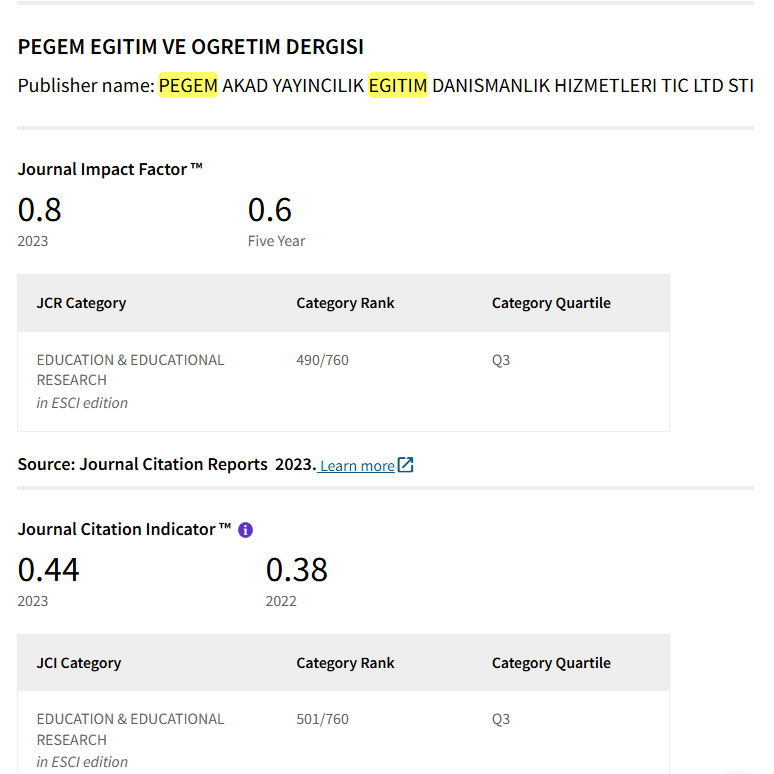Health-Related Quality of Life, Mental Health and Physical Activity in Iranian Students from Pandemic to Post-Pandemic: Intensification of Gender differences after Covid-19
Keywords:
BMI, Educational Wellbeing, HRQOL, Physical Health, School FunctioningAbstract
This study compared health-related quality of life (HRQOL)—including school, physical, emotional, and social functioning—body mass index (BMI), and physical activity (PA) levels among Iranian students (aged 6–18 years) during and after the COVID-19 pandemic, focusing on gender- and age-related differences. Two cross-sectional studies were conducted: the first (N = 1084) during the second year of the pandemic (post-Delta wave), and the second (N = 1602) in the post-pandemic period. Participants were selected using multistage cluster random sampling from urban and rural schools in Tehran Province. Data were collected online via standardized questionnaires, including the Pediatric Quality of Life Inventory (PedsQL) and the short form of the International Physical Activity Questionnaire (IPAQ-SF).
In both studies, children reported higher HRQOL, BMI, and PA scores than adolescents, and boys outperformed girls across most HRQOL dimensions. These patterns remained consistent across both timepoints. Adolescent girls had the lowest scores in school, social functioning, and mental health. While gender differences in school performance diminished post-pandemic, mental health challenges among girls persisted.
During the COVID-19 crisis, age played a more decisive role in students' well-being, reflecting developmental sensitivity. In the post-pandemic period, gender became more influential, with long-term psychological and social impacts closely tied to gender differences. Gender disparities became more pronounced during adolescence, with adolescent girls consistently reporting the lowest HRQOL scores across domains.
These findings highlight the need for targeted, age- and gender-sensitive interventions to promote HRQOL, mental health and physical activity among at-risk youth populations.
Downloads
References
.
Additional Files
Published
How to Cite
Issue
Section
License

This work is licensed under a Creative Commons Attribution-NonCommercial 4.0 International License.
Attribution — You must give appropriate credit, provide a link to the license, and indicate if changes were made. You may do so in any reasonable manner, but not in any way that suggests the licensor endorses you or your use.
NonCommercial — You may not use the material for commercial purposes.
No additional restrictions — You may not apply legal terms or technological measures that legally restrict others from doing anything the license permits.



